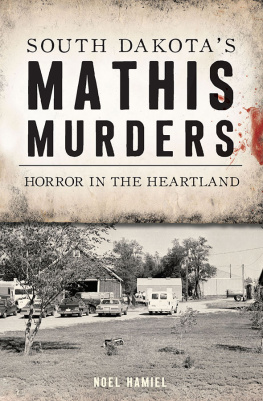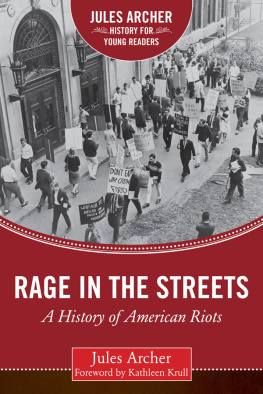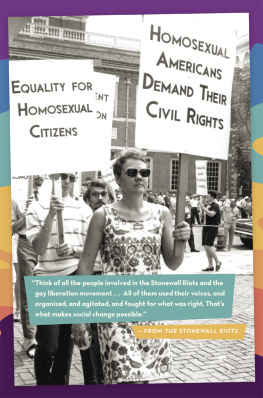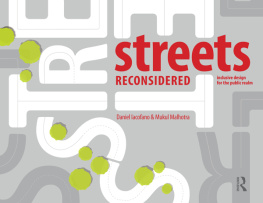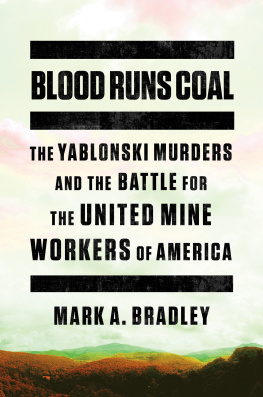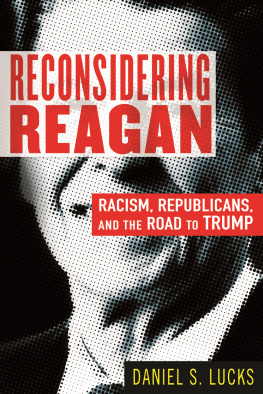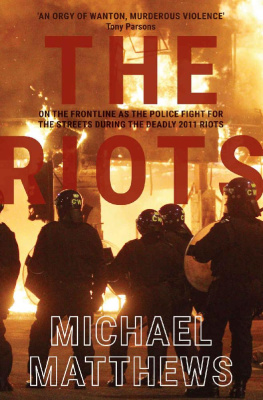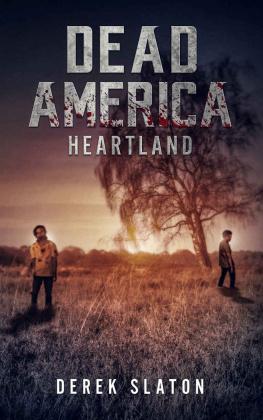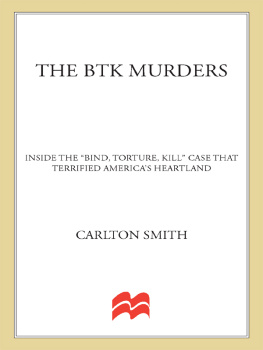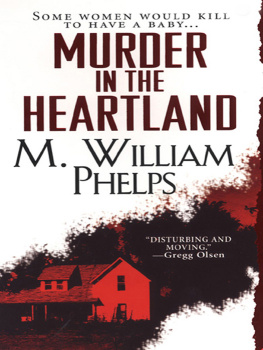Blood in the Streets
Racism, Riots and Murders
in the Heartland of America
DANIEL L. BAKER and GWEN NALLS
Forensic Publications, LLC
an American Company
2014
Copyright 2014 Forensic Publications, LLC
All rights reserved. No part of this book may be used or reproduced by any means without prior written permission except in the cases of brief quotations embodied in reviews.
Forensic Publications, LLC
PO Box 75-1693 Centerville, Ohio 45459
www.forensicpublications.com
Library of Congress Cataloging-in-Publication Data
ISBN 987-0-9898-450-04
LCCN 2013952758
Includes bibliographic references
Cover photo courtesy of Dayton Daily News Archive, Special Collections and Archives, University Libraries, Wright State University, Dayton, Ohio
Design and layout by Vancouver Desktop Publishing Centre
Printed in the United States of America
When I began reading Blood in the Streets, I quickly realized how little I knew about policing in the 1960s and 1970s. Law enforcement is described in vivid first-hand detail during pre-technology days. The crime-solving use of DNA that we take for granted today was not yet available. Specialists such as highly trained Crime Scene Investigators (CSIs), protective vests, cruiser cams and laptop computers were unheard of in law enforcement. Against this backdrop, the story tackles the incredibly sensitive topics of racism, riots and racist murders in Dayton, Ohio, a mid-western city. The story allowed me to enter the rough and violent world of street cops. The characters came to life. Unexpected emotion is woven into the fabric of this book and masterfully draws the reader in. I was eager to turn the pages as unpredictable events in the story unfolded.
Nathan Lefebvre
Former Coordinator and Acting Program Manager,
National Forensic Academy
Director, Forensic Training Source, LLC
Cumming, Georgia.
Blood In The Streets is dedicated to the nearly twenty thousand (20,000) law enforcement personnel who died in the line of duty in the United States since 1791.
During research for this book, the authors examined fatality statistics maintained by the National Law Enforcement Officers Memorial Fund in Washington, D.C. For the period covered in this story, from January 1965 through December 1975, two thousand two hundred sixteen (2,216) individuals lost their lives in performance of their duties. This was one of the most explosive and violent periods in our law enforcement history in America.
and when we lay down our night sticks, enroll us in your heavenly force, where we will be as proud to guard the throne of God as we have been to guard the city of all the people. Amen.
Closing paragraph
Police Officers Prayer to St. Michael.
Map of City of Dayton. West Side-East Side
Authors Note
THE STORY
Blood in the Streets is a story based on actual events covering a period of unprecedented racism, riots and murders in the United States from 1965 through 1975. The story is set in Dayton, Ohio, in the heartland of America.
The genre is true crime and is written in a predominately journalistic style that captures the backbone of the story. The authors maintained the integrity of known facts and retold them to the best of their ability. Since the key events are over forty years old, some gaps naturally exist due to the unavailability of records and some individuals. Therefore, the authors took literary liberties to use a modest amount of fiction to flesh out background and character development in some cases. Merging of the two styles did not change the arc, core, or truth regarding racism, riots and murders depicted in the story.
Firsthand knowledge and experience of one of the main characters, Police Officer/Detective Dan Baker leads the reader through the novel strewn with violence and conflict. The story also draws on life experiences of co-author Gwen Nalls. While she is not a character in the story, she contributed personal knowledge and perspective of life as she grew up on Daytons West Side, dubbed by The Dayton Daily News in 1966 as, The major Negro ghetto.
The authors researched public records, media reports, publications and conducted personal interviews and conversations. A few secondary events were compressed, modified or moved in time to facilitate flow of the story. While many quotes by specific characters are sourced, some dialogue was constructed by the authors based on actual historical events, personal knowledge and background information. Generally, the story unfolds chronologically, laced with vernacular, facts and quotes of the day.
USE OF WORDS AND TERMS
To reflect violent events accurately in a racially charged America, some phrases, words and occasional profanity is used to factually represent events that transpired and in keeping with the times. Racial terms such as Negro, colored and black evolve in the story, as they did in time. A few negative racial terms were used sparingly in context. While some words and terms are derogatory and inappropriate by todays standards, those terms were commonly used in the era and are not intended to offend the reader. We ask your indulgence in our efforts to depict the era accurately.
THE CHARACTERS
Due to the violent nature of this story, we used a mixture of real names and pseudonyms. Generally, the real names are people directly sourced in public material. Other names were changed or created to protect the privacy of individuals not directly sourced. Any similarity to fictitious names is purely coincidental.
During the mid 1960s, only a few women were members of the Dayton Police force and had not yet served in uniform or on senior level detective squads. Hence, only a few women are mentioned in this story. Fortunately, today women are members of the profession and occupy senior command positions and specialized units.
Dayton Police Officers handled unprecedented challenges with limited technology, resources and training during the 1960s and early 1970s. On a few occasions, police may have stepped over the line to protect the public, their fellow officers and themselves. No justification is offered for their actions. That is just the way it was.
THE PLACES
Every effort was made to accurately identify places, streets, buildings and geography. Due to the passage of time and events, some have been demolished, moved or renamed, and the authors used the best information available.
Prologue
T he Watts Riot in Los Angeles, California in 1965 was the largest and most devastating urban riot in the United States. It lasted six days and resulted in the loss of thirty-four lives. Damage to property exceeded $200 million dollars (the equivalent of $1.5 billion in 2013). The decade that followed Watts from 1965 through 1975, was the most violent period in the history of urban America.
Black Americans were plagued by high unemployment, poor housing, segregated public schools and grinding poverty. Demands for an end to segregation went unanswered and black ghettos erupted in riots. Relentless waves of violent crime flooded through the streets.
No urban city was immune and many required assistance of National Guard troops to quell the violence. Most police departments were ill-prepared for full-scale riots and mass demonstrations. Their response was often disorganized and dangerous.






